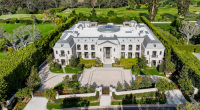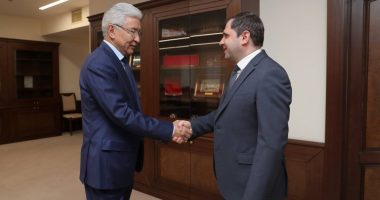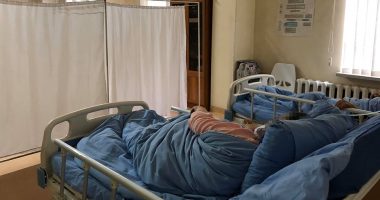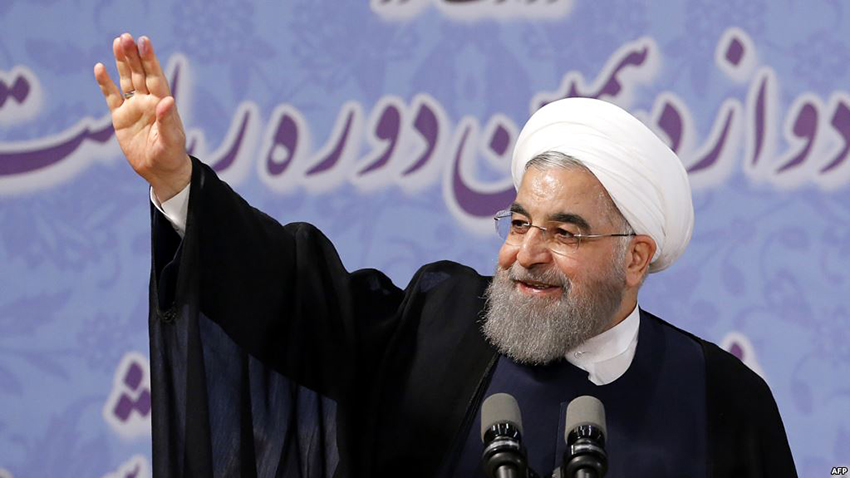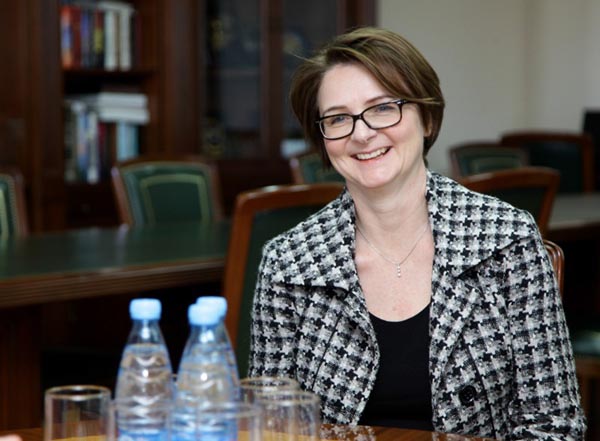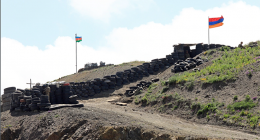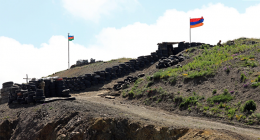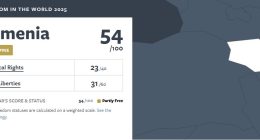BEIRUT — In its 422 pages, alongside the editorial on “The Archive: A vast Source for Armenian Studies,” the book hosts a number of research papers pertaining to arts and crafts, folklore, sociology, literary criticism, linguistics, history, the Armenian Genocide, as well as two unpublished documents, two briefings, and the short biographies of the contributing scholars to this book.
Launched in 1970, the Haigazian Armenological Review is published by the Armenian Department of Haigazian University. As of 2022 this annual publication is being published semiannually.
Below is the content of the current book.
Serob Abrahamian, Street Names in Yerevan and Their Effect on National Identity.
Roubina Artinian, Minas Tekelian and the Tekelian Preparatory Music School he Founded in Beirut in 1972.
Suren Avetisyan, Relations Between the Authorities of the Armenian Soviet Socialist Republic and the American Committee for Relief in the Near East (ACRNE) in the 1920s.
Hagop Cholakian, The Wild Fruit Trees of Kessab.
Antranik Dakessian, Three Observations on Mid-18th Century, Van, and Jerusalem Armenian Coppersmiths.
Antranik Dakessian, Two Ethnographic Folk Songs from Anjar and Beirut of the 1940s, and a Few Other Rhymed Writings/Songs.
Hasmik Galstyan, Bishop Karekin Srvantsdiants as the First Writer and Commentator of Stories About Mythical Characters of the Lower World.
Seda Galstyan, New Details on the Exile of Armenians from Transcaucasia in 1949.
Hovhannes Khorikyan, On Vardan Mamikonyan’s Nickname ‘Red’.
Arman Manuk Maloyan, An Overview of Saint Nerses Shnorhali’s General Epistle (Tooght Enthanragan).
Karen Matevosyan, Examination of Historical and Topographical Evidence About Aghberts Vank-Gladzor.
Vartan Matiossian, Vazken Shushanian’s Letters to Simon Vratsian (1927-31).
Zaven Messerlian, The Armenian Participation in the Lebanese Legislative Elections of 2022 During the Presidency of Michel Aoun (2016-2022) (Part II).
Armen Michaelian, The Principles of Transliterating (Transcribing) Foreign Proper Names into Armenian, Part IX – Japanese Language.
Ani Mkhitaryan, The Prayer Rugs of the National Museum of Armenian Ethnography
Karen Mkrtchyan, The Movements of Iranian Armenians and Their Characteristics at the Beginning of the 21st Century.
Grzegorz Pełczyński, Armenians in Józef Łobodowski’s The Ukrainian Trilogy.
Varoujean Poghosyan, Les Massacres Arméniens de 1919.
Karine Rafayelyan, The Caricatures of Derenik Demirchian.
Andranik Shahinyan, The Issue of Youth Labor Migration (Experimental Sociological Research).
Armenag Yeghiayan, Armenian Lexical Borrowings from Turkish.


